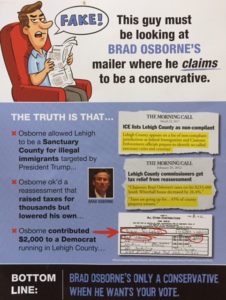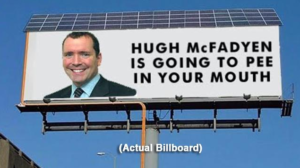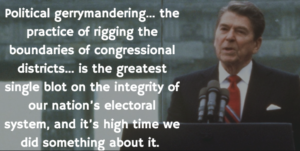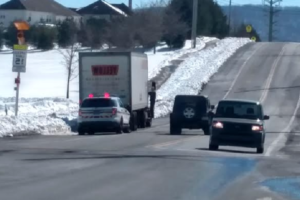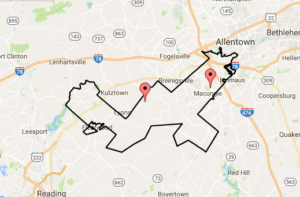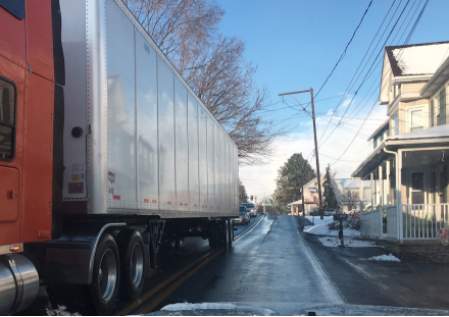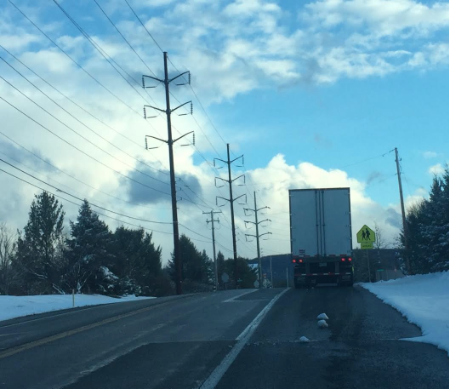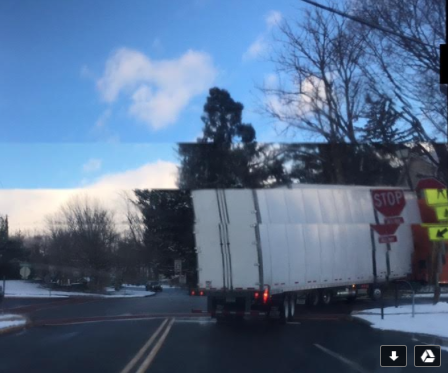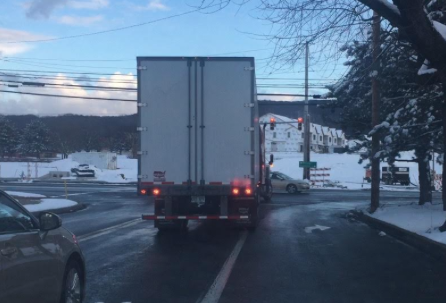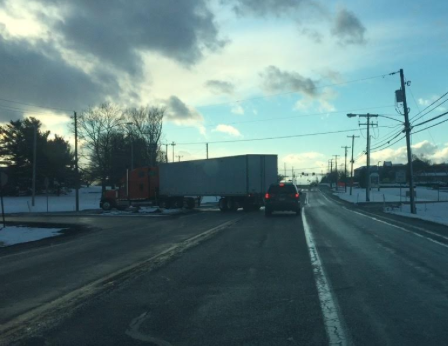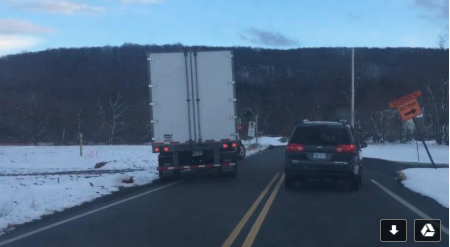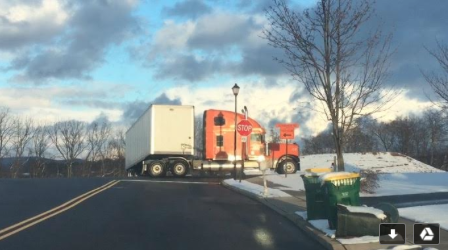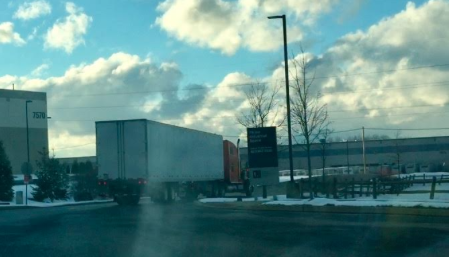Drifting into the national realm for a second before heading back to the regularly scheduled program of state and local thoughts. I am really interested in feedback on this.
So, with the budget and how it fits into my worldview. Some thoughts:
1.) To preface. Fundamentally, I believe the Federal Government has over time expanded far beyond it’s original intended scope. The result of which is a national debt that’s reached crippling levels. A burden unsustainable. A system broken. I believe as a core value that MANY Federal programs and areas should be divested to the states and/or local governments en masse. And that’s what this budget could do. (This principle in a nutshell is why I identify as a Conservative)
2.) LOTS of sky is falling alarmism right now. This is the nature of 2 party politics. The sky is not falling. Here is a local example of the alarmism.
3.) At cursory glance, I agree with about half or more of the Federal cuts the Trump budget proposes. This does not mean I don’t support the goals of some of these programs. In fact for many I do. It’s important for conservatives to explain this.
3a.) For example, let’s take the proposed elimination of TIGER and CDBG grants. These are both programs that have accomplished measureable good. They were largely created in support goals that I support. And are both promoted by advocacy groups I associate with. (For ex. Smart Growth America). They are admirably intentioned programs.
But both are inherently wasteful. Largely in part because they are administered by the Federal Government as clumsy top down programs. The administration of both grants absolutely hemorrhages money. They are inefficient. Cronyism, waste and fraud are rampant. Both are products of a federal system where influential legislators are rewarded based on political maneuvering not merit or need. In a word. Pork.
The problem isn’t once the money (finally) gets into the right hands. It’s the process by which that happens. And the strings that come attached. That’s where the waste occurs and cronyism is reality. The solution is cut the middle man (the federal government) and therefore cut the waste, cronyism, special interests and federal strings entirely out of the picture.
4.) I believe that cutting the Federal Government completely out of the picture on many proposed programs would result in more money for issues I care about. I’ve said this in this space many times:
Send $1 to your local government get .95 cents back.
Send $1 to you county government get .75 cents back.
Send $1 to your state government get half the value back.
Send $1 to Washington DC and get back an I.O.U.
All told the average American pays 15% of their income in federal taxes. It’s a totally inequitable system where 40% skirt paying anything at all. It’s not (for me at least) an unwillingness to pay taxes. I personally pay MORE than my fair share. It’s a desire to get a better measurable return on those dollars.
5.) As a ballpark reduce the federal tax burden by a minimum of 20%. This roughly the amount of non-military Federal discretionary spending today. And with that I’d gladly pay a portion of that money to state and local governments and in turn reap much higher return on investment. Even if the money returned to the local level was half the amount the returns would far exceed what we lose in the top down system now.
No, I’m not of the “get government out of everything” cloth. Many conservatives get painted with this brush unfairly. What I do believe in is divesting the role of the Federal Government from (almost) everything not outlined in the Constitution.
6.) Give states and local governments the freedom and resources to create, fund and administer novel programs. Return to the idea of a laboratory of democracy. This is the way our country was designed to function. The way it functions best. (Marijuana policy as an example). Incrementalism creates resiliency. A state creates a program that works? Other states will emulate. A state creates a program that does not? The impacts are limited to that state.
A local example, Allentown’s Community Bike Works is a good program that apparently gets a chunk of funding from the federal Government. Valuable program. Serves the community well. I support it. I just believe that funding it at the local level with local dollars would make it stronger. I’d much rather pay a little more in local taxes for stronger programs in return for sending less of my income to the DC swamp.
7.) I believe the government can be an effective tool to get important things done, but I DO NOT believe in redistribution. States are the appropriate levels of government to choose (should voters desire) spending money on novel social programs and that local governments are the appropriate place to choose to invest in discretionary items.
The reason is further down you go, the more direct oversight residents have over how your tax dollars are spent. And the more direct role you play in Democracy. The higher up you go the further removed you are and inherently wasteful programs tend to be.
8.) I believe that when conservatives outline this argument in a thoughtful way we bring people into our tent. This is a problem I have with Trump and Trumpism. The mindset shouldn’t be “defeat the enemy”, it should be win them over with ideas.
9.) I believe most Americans inhabit a space somewhere between a right wing mindset of “burn the government to the ground” and a leftist mindset that Washington DC should be the center of a centrally planned universe. This space between is essentially federalism. And we need to more clearly communicate that.
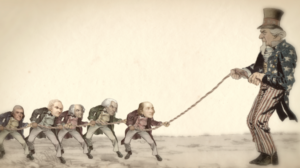
 Parking restrictions
Parking restrictions



